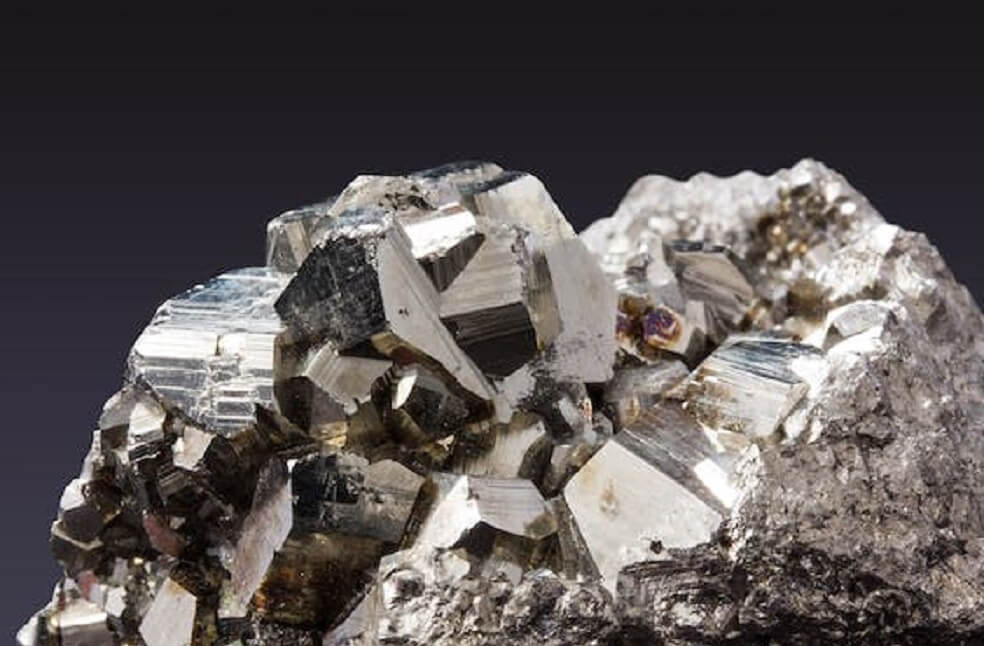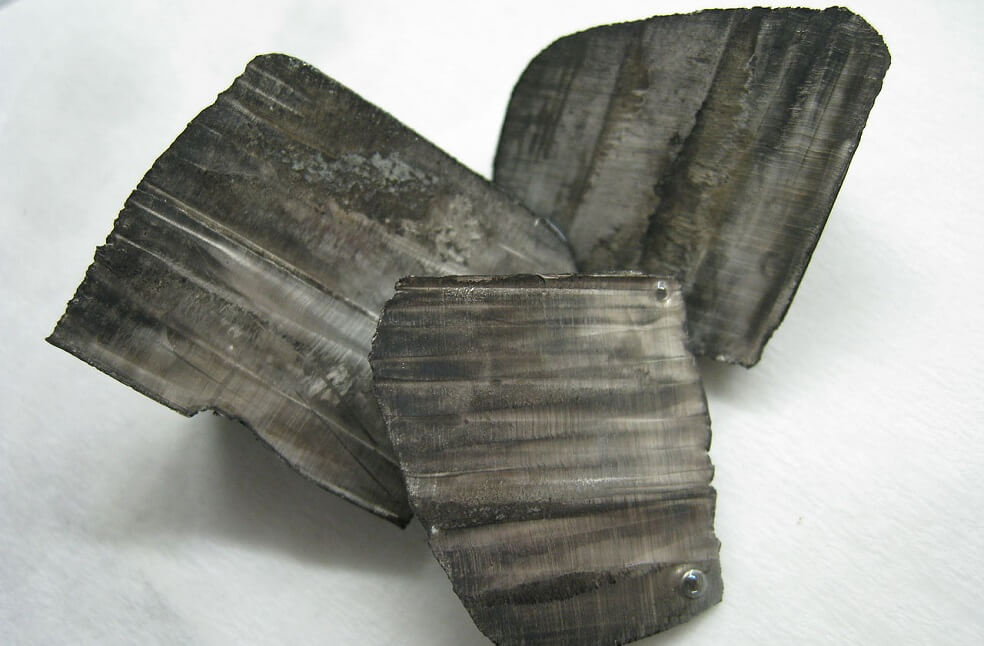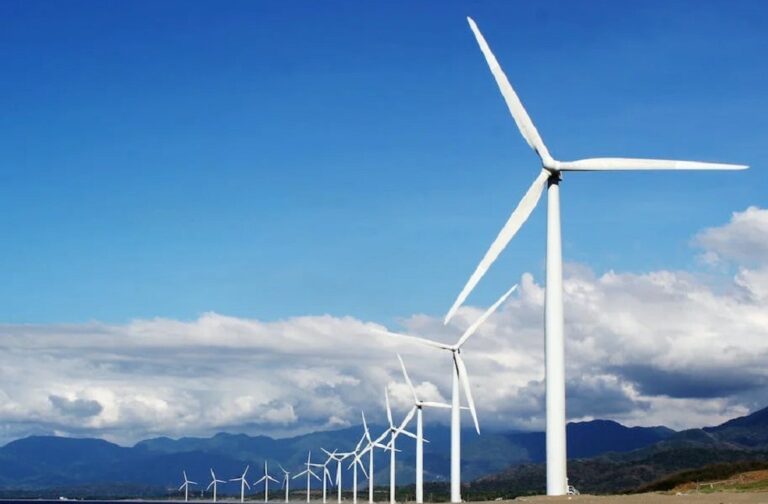France: An International Energy Agency (IEA) report has stated that the market for minerals essential to the clean energy transition experienced remarkable growth, reaching $320 billion in value last year. However, despite this expansion, the market still faces various challenges, including price volatility, supply chain disruptions, and geopolitical tensions.
The IEA stated that the market for minerals like lithium, cobalt, nickel, and copper witnessed a doubling in size between 2017 and 2022. This surge can be attributed to the widespread adoption of clean technologies such as solar panels and electric vehicle batteries.
Lithium, nickel, and cobalt play critical roles in enhancing battery performance, durability, and energy storage capacity. Copper, on the other hand, is essential for various electricity-related technologies.

As the world transitions to cleaner energy systems, there is a growing demand for minerals to construct solar power plants, wind farms, and electric vehicles, surpassing the requirements of their traditional fossil fuel-based counterparts. Consequently, the shift towards clean energy has substantially increased the need for these minerals.
“Rapid growth in demand is providing new opportunities for the industry,” the Paris-based agency noted in its first annual IEA Critical Minerals Market Review.
“But a combination of volatile price movements, supply chain bottlenecks, and geopolitical concerns has created a potent mix of risks for secure and rapid energy transitions,” the report added.

According to the IEA, which advises developed nations on energy policies, the “affordability and speed of energy transitions” will depend on the availability of critical mineral supplies.
Most prices then evened out in the latter half of 2022 and into 2023, but they remain well above historical averages, the IEA remarked.
“As things stand, 2023 could be a crucial year for clean energy technology prices,” the report added.



